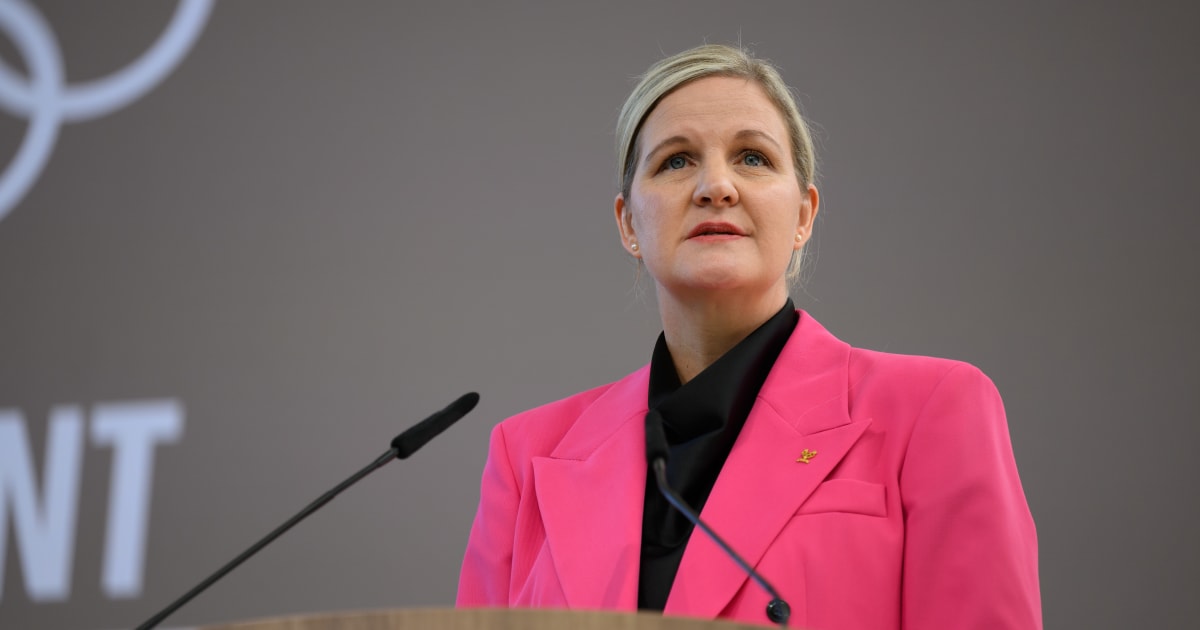- Waze Rolls Out Voice Reporting for Easy Flagging of Roadblocks, Traffic Issues PCMag
- Waze just made your drive even safer, here’s how Currently.com
- Waze just made hazard reporting as easy as talking Android Police
- No more tapping menus: Waze…
Blog
-
Waze Rolls Out Voice Reporting for Easy Flagging of Roadblocks, Traffic Issues – PCMag
-

“Fit for the Future”, a call for athletes to share ideas and help shape the Olympic Movement
“Fit for the Future,” a new initiative which consults active and retired Olympians, has been launched.
The consultation was created by International Olympic Committee (IOC) President, Kirsty Coventry, to gather the thoughts and opinions of…
Continue Reading
-
‘Expedition 33’ will get a free update as French studio takes victory lap – The Washington Post
- ‘Expedition 33’ will get a free update as French studio takes victory lap The Washington Post
- Clair Obscur: Expedition 33 Is Getting a Free Update Featuring New Dungeon, Enemies, Bosses, and Costumes IGN
- Clair Obscur: Expedition 33 sales top…
Continue Reading
-

Reality TV star Georgia Harrison to be appointed OBE at Windsor Castle
 Getty Images
Getty ImagesGeorgia Harrison became a campaigner on tackling violence against women and girls since since her ex-partner was jailed for posting an intimate video of her online A reality TV celebrity who has campaigned for safety for women and…
Continue Reading
-

Jason Kelce Says 1 of Taylor Swift’s “Life of a Showgirl ”Songs“ ”Mirrors His Wife Kylie Kelce’s ‘Mentality’
NEED TO KNOW
-
Jason Kelce opened up about wife Kylie Kelce’s favorite song on Taylor Swift’s new album, The Life of a Showgirl
-
Jason said the track captured the mother of his four children’s “mentality”
-
Coincidentally, Swift has also listed the song…
Continue Reading
-
-
PPP, PML-N should resolve issues, move forward: Rana Sanaullah – Dawn
- PPP, PML-N should resolve issues, move forward: Rana Sanaullah Dawn
- Why are PPP and PML-N currently feuding? Dawn
- Maryam vows to keep speaking for Punjab The Express Tribune
- PM Shehbaz summons senior party leaders to ease tensions with PPP Dunya…
Continue Reading
-

Follow Jeremy Allen White’s Lead and Chop the Hem Off Your Work Shirt
Kincaid Archive isn’t really a fashion brand in the traditional sense. It’s more of a nirvana for thrifty types—part store, part archive, part insider secret. Ryan Gosling’s coat? Cillian Murphy’s belt? Both from there. It’s the kinda…
Continue Reading
-
Access Denied
Access Denied
You don’t have permission to access “http://cricket.one/entertainment/babar-azam-shows-his-funny-side-with-viral-dance-moves-in-training-session-for-pakistan/68e671e47da7f77e4c99ecea” on this server.
Reference…
Continue Reading

